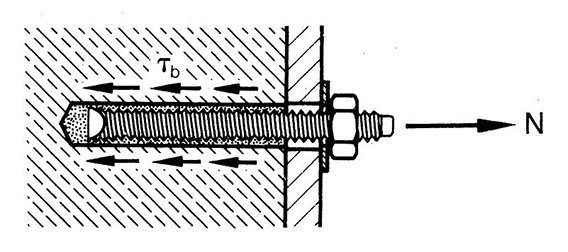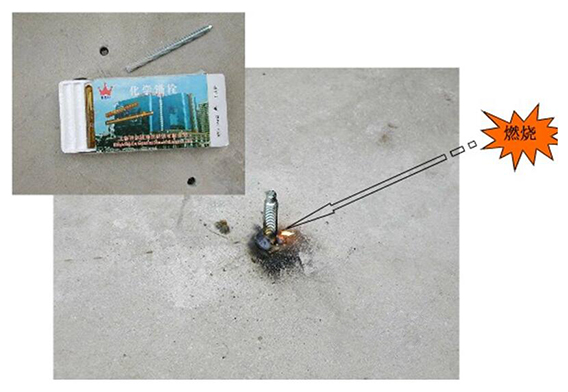Is the chemical anchor resistant to high temperature? Can it be soldered? Before answering these questions, let us first understand the working principle of the chemical anchor: mainly by the adhesion, the adhesion exists between the screw and the colloid, between the colloid and the wall of the hole.

The traditional chemical anchor bolt fixes or connects the screw through certain chemical substance. The high temperature during welding will melt the chemical anchoring glue in the chemical anchor bolt, thereby losing the anchoring force. After high temperature welding, it is definitely impossible to pass the pull test, possibly causing a fire.

It is true that most of the chemical anchors in China cannot be welded at present, mainly because the matched anchoring glue is not resistant to high temperatures. Nanjing Mankate’s MT500 plantingbar glue is an improved formula with acid and alkali resistance, high temperature resistance, fire resistance and safety certification. It is not aged for 50 years. This MT500 plantingbar glue has been successfully used in large projects including Suzhou Metro, Nanjing Metro and Kunyu High Speed Rail.
Not only is the matching glue used, but the choice of chemical anchor bolts is also crucial. In Nanjing Mankate, there is an inverted cone chemical anchor bolt, which has certification through fire prevention, high temperature resistance and repeated cracking 1000 times. Compared with traditional chemical anchors, it is safer, more reliable, and has higher construction tolerance. After welding, the original tensile strength can still be maintained. If your project has welding requirements, please choose the subway, nuclear power, highspeed rail designated brand - Nanjing Mankate inverted cone chemical anchor.
Editor: Nanjing Mankate, if you need to reprint, please indicate the source!
Original link: https://www.njmkt.net/Article/zkhxmsmzln.html